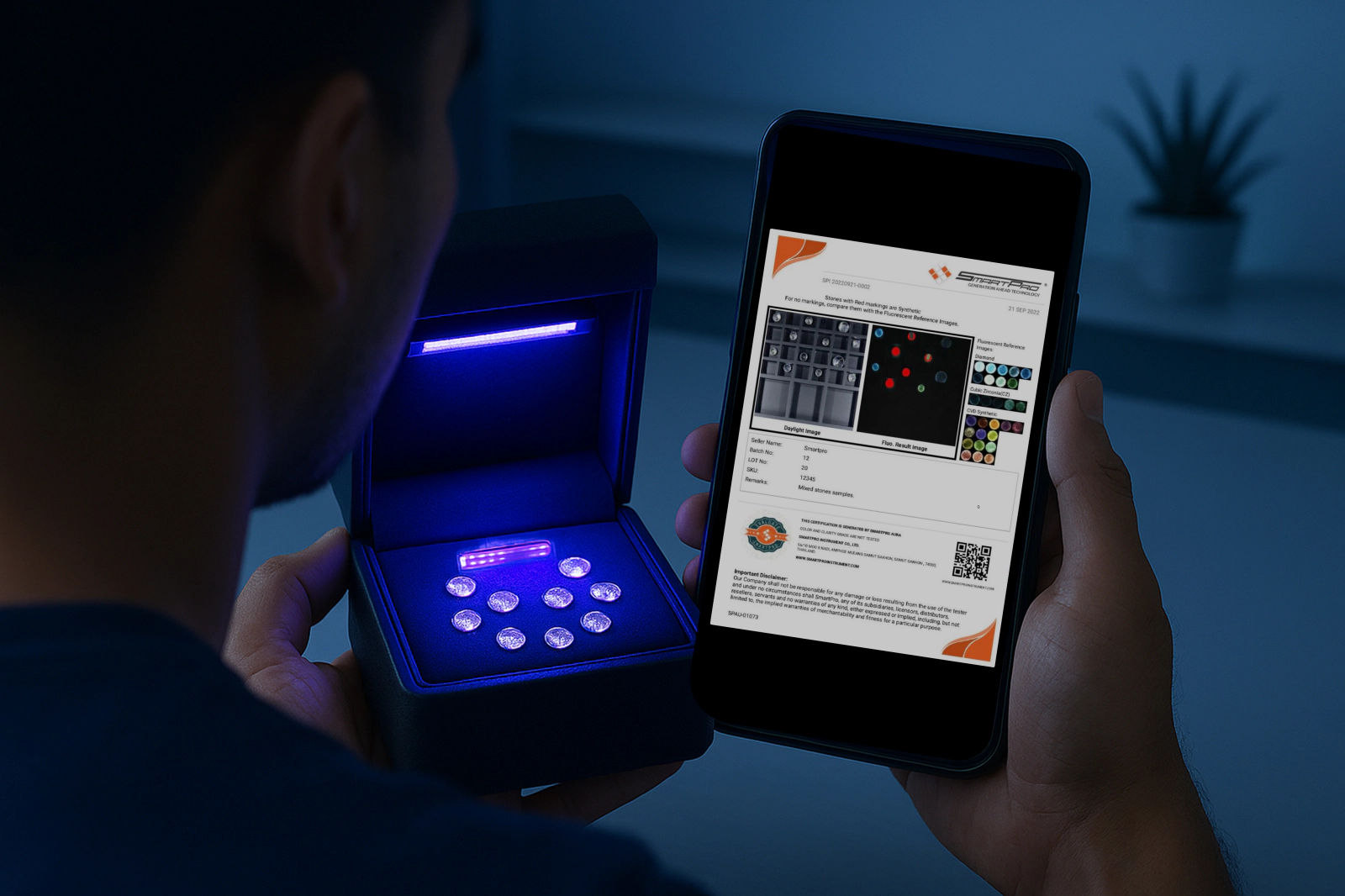Overview
What is the use of barcodes if we don’t have the required technologies to read them in the first place? The barcode scanners should have the capacity to read the black and white zebra lines that are present on the products quickly and precisely. The same information should be fed to a computer or any checkout terminal which will identify the barcode with the help of product database. Let’s know the exact procedure in this article.
For an instance, let us consider the barcodes are simple on and off binary patterns where each black line is a one and each white line is a zero.

How Barcode Scanner Works?
In real time the barcode scanners do not consider black and white stripes as one and zero. They detect the sequences of these white and black lines and convert them directly into a decimal number. The decimal number will be the output of a barcode scanner.
- The scanner’s head consists of an LED or laser light which is focused on the barcode.
- The light reflects this barcode into another light detecting electronic component called a photoelectric cell. The white areas of this barcode reflect more light and the black areas reflect less light.
- As the scanner scans the code, the cell generates a specific pattern of on-off pulses that corresponds to the black and white stripes. This means for the above shown barcode with (black black black white black white black black), the cell would act as “off off off on off on off off).
- There is an electronic circuit that is attached to this scanner will convert the on and off pulses into binary digits i.e., zeros and ones.
- The binary digits are sent to a particular computer which is attached to the scanner. This computer detects the code as 11101011.
Bluetooth Low Energy
Wireless devices are making a great impact on the world with every passing day. The people who use these wireless devices have increased rapidly. When the radios were first invented, every company has a single goal for their engineers and scientists. The companies wanted them to create the best radio module that the market has ever seen. The efficiency of the radio module should be top notch. But none of them has a clear definition for a perfect radio module. What defines the perfect radio module is something that cannot be defined easily. It normally depends on the tasks that the radio module has to solve.There are some situations where we need to send huge amount of data on a wireless network and in that situation, no one would ask for a power efficient way as they want to transmit the data first. Then there are some other situations where only a small amount of data must be transmitted and then we can opt for power consumption ways. The portable devices usually notify us when there are some occurrences and as these devices us batteries for power, the radio modules in such devices should be as efficient as possible.
There is one radio technology that stands out amongst all kinds of energy efficient radio modules. This technology is capable of sending a suitable amount of data at a relatively cheap cost of energy consumption- Bluetooth Low Energy.


86.6%
Client Retention Rate
200+
Delivered Assets
6.4X
ROI of Re-Design
Our Solutions in Action
Read how we have transformed businesses along the way.
-
30% Fewer Stockouts. 25% Less Overstock. One AI Forecasting Engine.
Imagine predicting product demand with laser precision—cutting holding costs, optimizing stock levels, and boosting revenue, all while saying goodbye to guesswork.

-
Slash turnaround time – Boost ROI and maximize existing resources
Imagine cutting your lab’s turnaround time by 60%, freeing up analysts to focus on high-value work that drives measurable ROI-all without adding headcount.

-
Modernizing Balikbayan: A Logistics Platform for Automated Parcel Delivery
The developed platform automates and streamlines the process of last-mile delivery to the Philippines. It facilitates the management of shipments from pickup to delivery, providing tracking…

-
Diamond Screener App: Diamond Testing with Advanced AI Technology
Technostacks developed a solution for synthetic diamond screening, enabling diamond testing with features like auto-detection, 360-degree view, and low power consumption. The app integrates …

-
Optimizing Assembly Line Performance for MTU with Digital Tools and Computer Vision Solutions
The main objective of this software is to bring industry 5.0 revolution within the manufacturing facility for largest marine parts manufacturing company. We have implemented solution to auto…

-
Enhancing Indoor Climate Control with Advanced Ventilation Systems
Technostacks developed a Bluetooth-enabled indoor ventilation system with real-time monitoring and remote control, delivering precise airflow management and improved HVAC efficiency.

-
Smart Data Entry System Using AWS Textract
We have used automation by AWS Textract for data entry and Generative AI for data processing to improve the precision toward high accuracy and efficiency.

-
Mobile App Integration for Advanced Frost Protection
Technostacks collaborated with Norway’s largest plastic pipe systems manufacturer to develop a BLE-enabled heating cable management system with a mobile app. The solution simplified setup,…

-
Enhancing Generator Management with BLE-Enabled Mobile Solutions
Technostacks developed a Flutter-based mobile app for Northern Tools, integrating BLE technology for real-time generator monitoring, diagnostics, and servicing alerts. The solution ensures s…

Lets Talk
Have a challenge?Let us know.